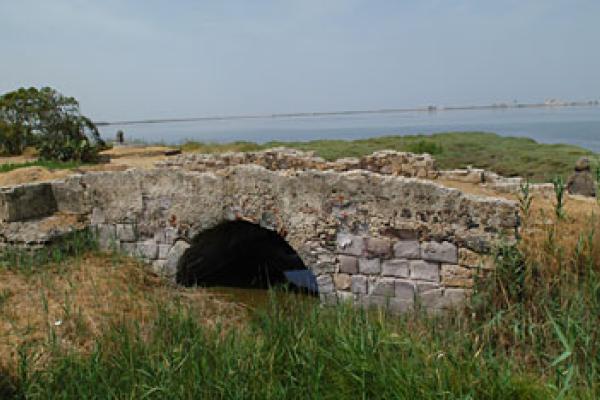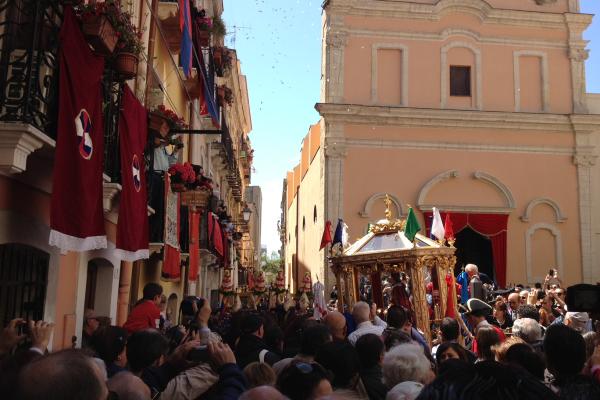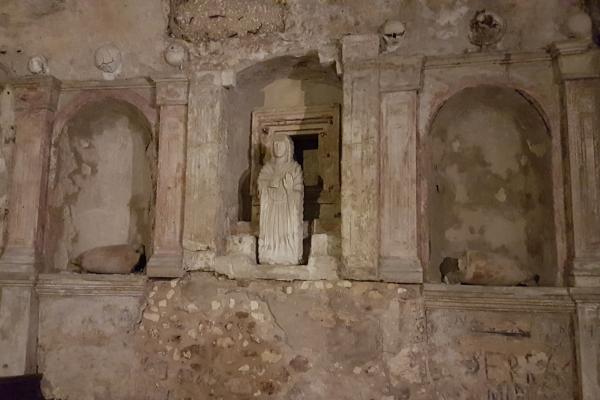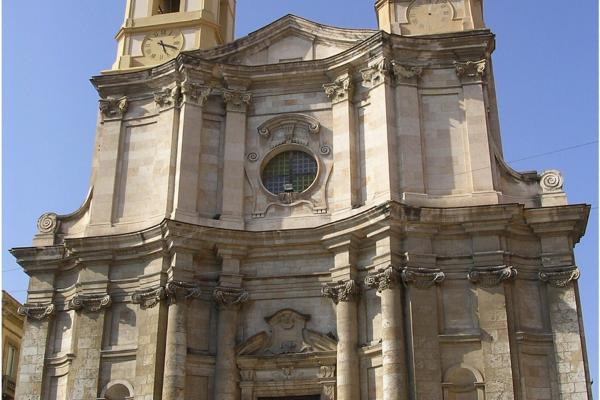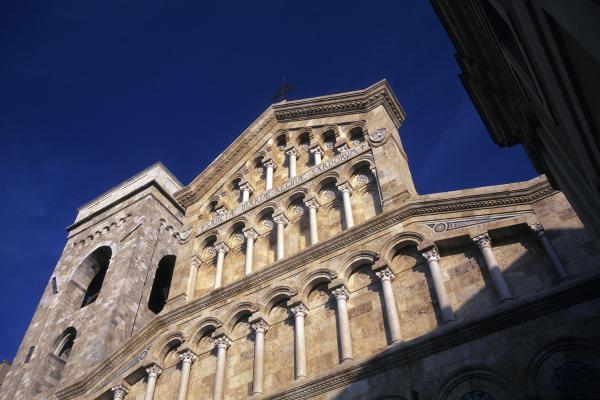A parallel city exists inside modern-day Cagliari, partially set into the urban weave and entirely visible, and partially hidden from sight. Cagliari’s thousands of years of history is a constant journey of discovery, to be studied, to be admired. Karales was one of the most important – if not the most important – Roman city of Sardinia. Set in a strategic position, it was an essential stop on the Mediterranean Sea and a flourishing city of commerce during Rome’s Imperial Age. Its original Phoenician name was Karalis, bearing witness to the town of vicus Karalis built adjacent to the pre-existing Punic city just after the Roman conquest of Sardinia in 238 BCE. In the 2nd century BCE, its name changed from the singular (Karalis) to the plural (Karales) indicating that the two cities had become one single urban centre. The city’s architecture then underwent further change partly due to Roman emperor Octavian’s statute, the municipium Julium civium Romanorum (38 BCE). During Rome’s Imperial Age, it enjoyed a tremendous burst of urban development with the construction of public buildings and private residences.
Thanks to documents and archaeological finds, historians and archaeologists have been able to recreate a map of the ancient city. The old city centre is the modern-day Castello and Stampace districts. What is now Piazza del Carmine used to be the old Forum, surrounded by temples and thermal baths. The most spacious 2nd century BCE baths have been discovered on Largo Carlo Felice and on Viale Trieste. Along what is now Via Malta, a temple-theatre from the Late Republican Age has come to light. Patrician homes were built nearby, on today’s Corso Vittorio Emanuele and the Sant’Avendrace district, as well as in the area where, some centuries later, the Basilica of San Saturnino was erected. The commercial hub and public housing were located near the port, now known as the Marina. The necropolis, where the Phoenicians had also buried their dead, were outside of the city limits on the hills of Tuvixeddu and Bonaria, where other patrician homes were also located. An aqueduct brought water into the city from Siliqua. The most celebrated and eye-catching remains span the southern slope of Buoncammino hill, the Roman Amphitheatre. After centuries of neglect and its repurposing as a quarry, it has now regained its role as public theatre. Six hundred metres separate it from a residential complex known as villa di Tigellio, a poet and cantor from the Augustinian period. The residence is actually the union of three domus: the “house of plaster,” so named for the rich plaster embellishments that decorated its walls; the “house of the painted panel”, graced with the remains of a mosaic floor; and, finally, the remains of what was once a thermal building. Another highly visible Roman landmark is the grotta della Vipera, so called for the serpents carved into the sides of its façade. It is a funereal monument built between the 1st and 2nd centuries CE by the exiled Lucio Cassio Filippo in memory of his wife, Atilia Pomptilla. Legend has it that she offered her life to the gods in exchange for healing her gravely ill husband. The sacrifice worked. The façade of the tomb had a pediment with a tympanum and two columns, although today only a capital remains. Inside, there are two burial chambers and a pronaos, in which the story of the couple is inscribed in Greek and Latin on a wall. No less interesting are the city’s 'hidden' traces, sometimes located in the basements of churches and modern buildings. The parochial church of Sant’Eulalia sits over a stretch of paved road, the remains of complex buildings and of a temple. A fullonica (a workshop for washing and dying cloth) graced with a mosaic floor emerges in the basement of a palazzo on Viale Regina Margherita. You’ll see cisterns and storage areas in the crypt of Santa Restituita and at the top of the Sella del Diavolo, or Devil’s Saddle. And, finally, some of the cavities at the orto dei cappuccini, once a quarry for the extraction of the limestone used in the construction of the amphitheatre, were repurposed as cisterns and, later, in all probability, as jail cells.










